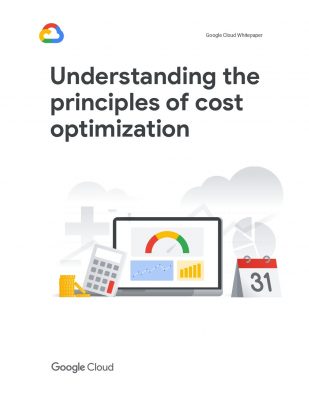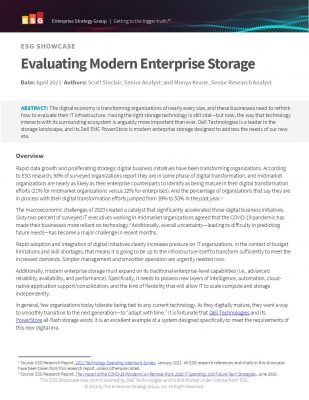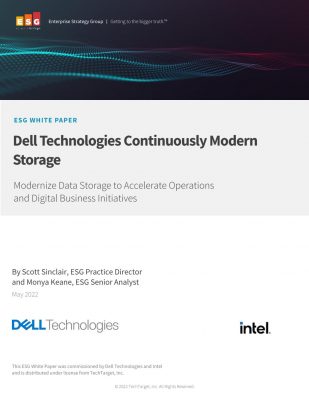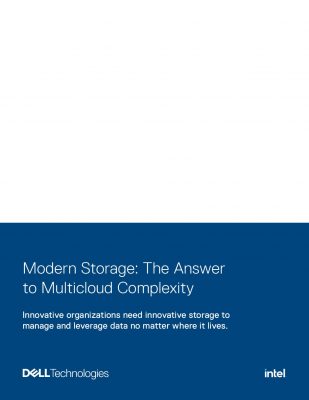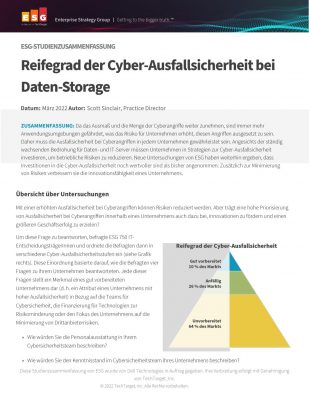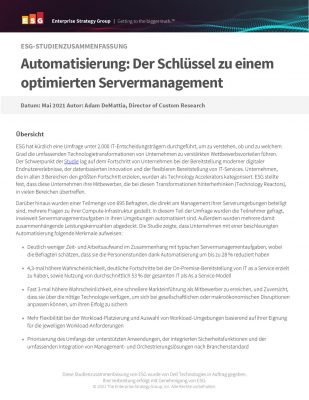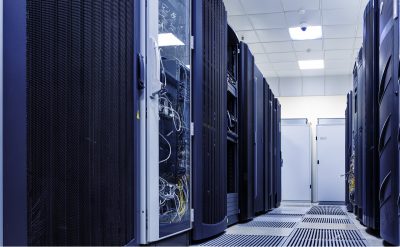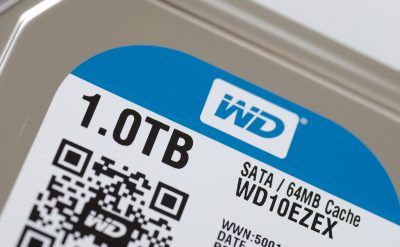The cost of hard drives is falling rapidly in the market of electronics and the capacities of the drives are rising exponentially. The data storage can be seen from a consumer point of view, where a reduction in the hard drive cost has reduced the cost of consumer electronics but what’s with the enterprises that want to reduce the cost of data storage?
The recent development in the hard drive industry such as Seagate planning on producing 48 terabytes of HAMR hard disk by 2023 and Sony releasing the quad layer Blu-ray with a capacity of 128 GB. many enterprises believe that this should reduce the cost of data storage but is this really the scenario?
Data Storage services providers have argued that there is more to any data storage infrastructure than just the cost of the hard drives. Enterprises that need cloud data storage to support their applications and requirements need to be aware that many hidden charges are levied that need to be paid up front.
Many of the data storage providers have openly admitted to the fact that though the storage has increased and the costs of the drives have reduced the underlying technology and licensing cost does add up. Enterprises that seek to invest in data storage need to know about various costs that can be affecting the technology.
Some of the places that are causing the hidden cost to blow out is licensing and underlying technology that will support the storage. Many of the enterprises that use the cloud for data storage have to pay for networking infrastructure that will connect the data to enterprises applications. The increase in data storage and the requirement of backup to keep the data safe during natural or unnatural disasters also cost the enterprises dearly. The power requirement of data centers has been also been one of the reasons many Providers are looking for alternative cooling methods for data centers. Cost reduction of enterprise data storage depends upon the requirements of the enterprise and also on the provider’s technology goals.

